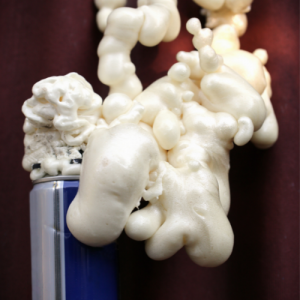
Polyurethane is in many products we interact with on a daily basis. Here is a breakdown of the material.
According to American Chemistry:
Polyurethanes are formed by reacting a polyol (an alcohol with more than two reactive hydroxyl groups per molecule) with a diisocyanate or a polymeric isocyanate in the presence of suitable catalysts and additives. Because a variety of diisocyanates and a wide range of polyols can be used to produce polyurethane, a broad spectrum of materials can be produced to meet the needs of specific applications.
The nature of the chemistry allows polyurethanes to be adapted to solve challenging problems, to be molded into unusual shapes and to enhance industrial and consumer products by adding comfort, warmth and convenience to our lives.
Polyurethanes help create durable products and improve energy efficiency and comfort. They make automotive panels lighter and help keep materials safe during transport. Polyurethanes are an excellent choice for improving energy efficiency and cutting greenhouse gas emissions.
Uses & Benefits
Insulation
Coatings
Adhesives
Sealants
Elastomers
High Gloss Finishes
Automotive Seats
Kitchen Appliances
Computers
State Phase-Down of HFCs in the Polyurethanes Industry
Some members of the polyurethanes industry are currently transitioning to low global warming potential (GWP) blowing agents. This transition has been complicated by the U.S. Court of Appeals – D.C. Circuit’s decisions to partially vacate the U.S. Environmental Protection Agency’s (EPA) Significant New Alternatives Policy (SNAP) Rules 20 and 21. SNAP Rules 20 and 21 prohibited the use of certain hydrofluorocarbon (HFC) blowing agents in certain foam sectors. The dates of prohibition for the foam sector varied from January 1, 2017 to January 1, 2021. Given the partial vacatur of SNAP Rules 20 and 21, there is no federal requirement to transition to low GWP blowing agents in the foam sector – including the SPF industry. The transition to low GWP is now being led by the states. California, New Jersey, Vermont, and Washington have enacted SNAP-like legislation prohibiting the use of HFCs in the foam sector. Several other states are working within existing authority to promulgate regulations implementing SNAP-like restrictions.